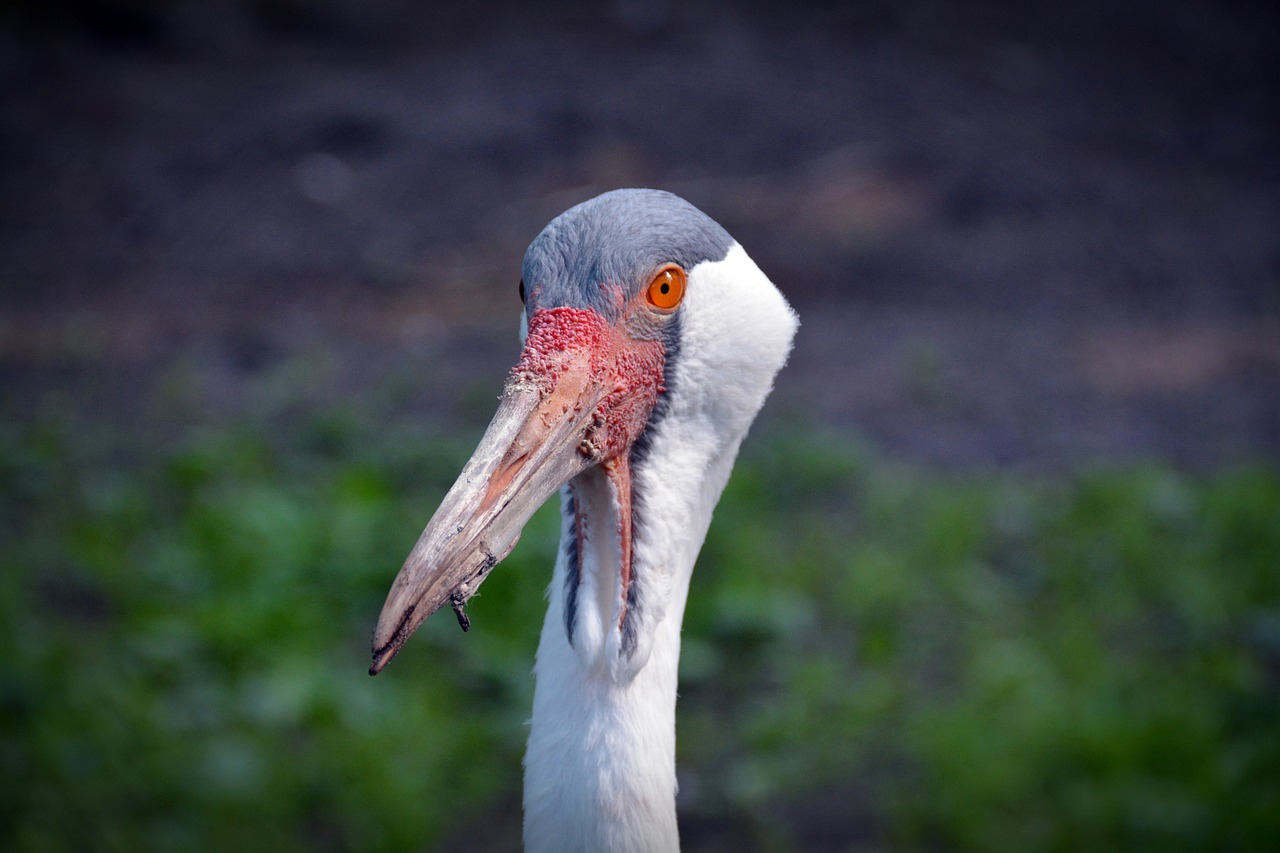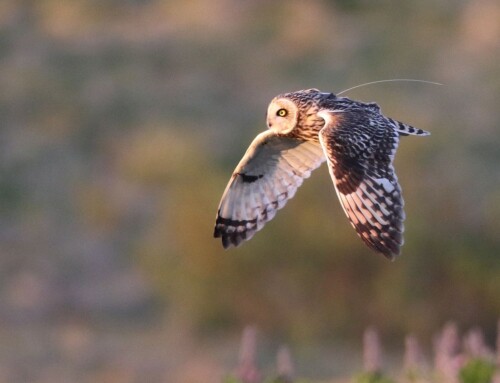 LINKED PAPER
LINKED PAPER
A global review identifies agriculture as the main threat to declining grassland birds. Douglas, D.J.T., Waldinger, J., Buckmire, Z., Gibb, K., Medina, J.P., Sutcliffe, L., Beckmann, C., Collar, N.J., Jansen, R., Kamp, J., Little, I., Sheldon, R., Yanosky, A., Koper, N. 2023 Ibis. doi: 10.1111/ibi.13223 VIEW
Globally, grassland bird populations are decreasing precipitously. For example, in North America they have declined by 53%; more than birds of any other biome (Rosenberg et al. 2019). In Asia, grasslands are second only to forests for the number of globally threatened bird species supported (BirdLife International 2003), and in south-east South America more than a quarter of bird species that regularly use grasslands are globally threatened or near-threatened (Azpiroz et al. 2012). While deforestation and its impacts on wildlife understandably make the headlines, a biodiversity crisis is unfolding on the planet’s grasslands.
From drought to invasive species, pollution to mining, and agriculture to climate change, the threats to grassland habitat and its birdlife are diverse and vary regionally. To better understand the most pressing threats to the survival of the world’s grassland birds, we conducted a literature review and synthesis. The goal was to identify the key threats to these birds and the most recommended conservation actions across major grassland regions worldwide.
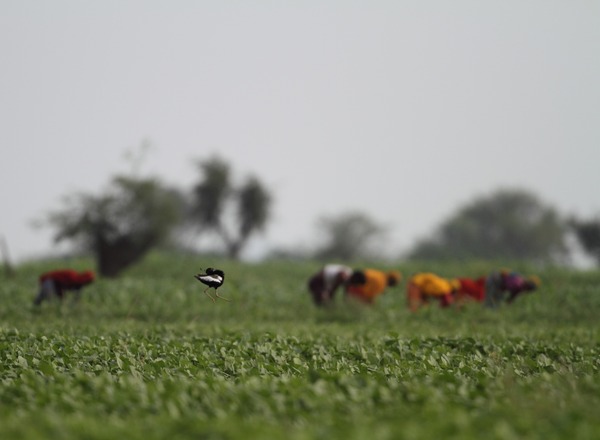
Figure 1 Lesser Florican (Sypheotides indicus). A male Lesser Florican making its display leap from a cultivated soybean field in Rajasthan which before was grassland. It looks as if the species can survive in agriculture from this picture, but the field is full of disturbances and the crop is poor in insects (particularly grasshoppers), so the breeding success of females is too low to maintain numbers in this habitat, and the species is soon likely to be extinct © Gobind Bhardwaj.
The most important threat to grassland birds globally is agriculture, by a long shot. About three-quarters of the papers we reviewed report agriculture as a threat, far surpassing the immediate risks from climate change and severe weather, considered a threat by only ¼ of the publications. Threats from agriculture include both the expansion of livestock grazing and cropping into grasslands, and its subsequent intensification, which together displace all but the least sensitive species; interestingly, however, it is the loss of livestock grazing that is a more significant threat in continents such as North America, where livestock have replaced the native bison and other grazers that were almost completely wiped out through colonization. Loss of grazing in these areas can result in lower plant diversity and reduced habitat heterogeneity. Abandonment of agricultural lands also poses risks to some grassland bird species if trees and shrubs encroach, changing the habitat type. These results highlight how important it is for us to take a holistic approach to conservation and consider the full, sometimes complex, range of threats.
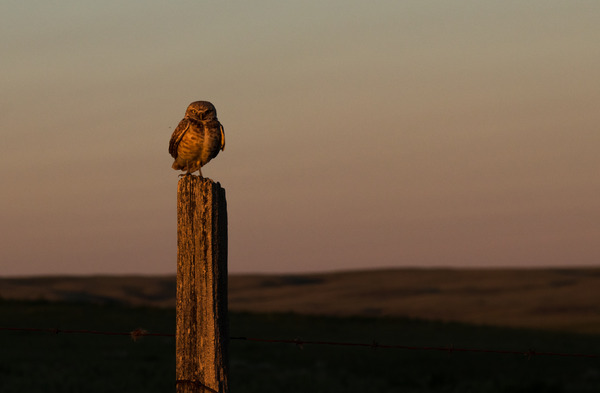
Figure 2 Burrowing Owl (Athene cunicularia) © Maggi Sliwinski.
The perilous state of grassland birds globally suggests that existing conservation actions for grassland birds are inadequate. The top three most recommended conservation actions were habitat protection, land management (reported in over half of the reviewed papers) and improved laws and policies to protect birds. Across the world, many scientists recommended effectively managing livestock grazing to sustainable densities and using prescribed fire appropriately. However, we found there is typically a lack of specific guidance regarding these management strategies, suggesting more research is urgently needed.
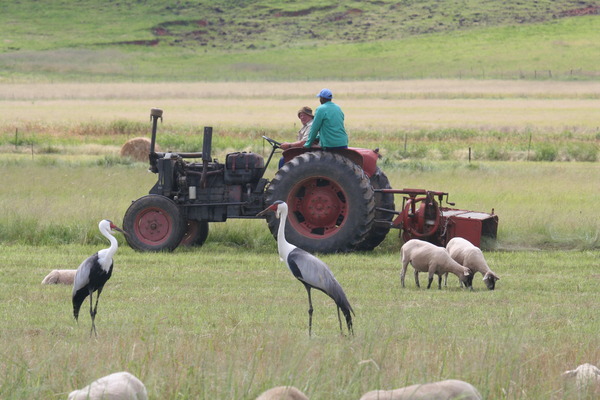
Figure 3 Wattled Cranes (Bugeranus carunculatus) co-exist in well-managed, agriculturally active grasslands in South Africa’s KwaZulu-Natal midlands © Ian Little.
Our review suggests an immediate global need to curtail conversion of natural and semi-natural grassland to other habitats including cropping, and in some cases intensively managing grassland for livestock rearing, and urgent establishment, and effective enforcement, of larger protected areas of grassland through national and international legislation.
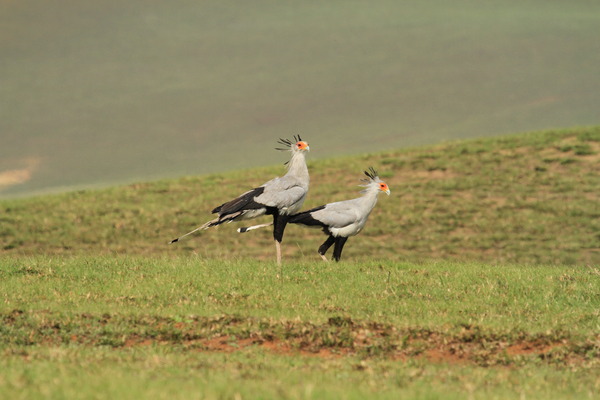
Figure 4 Secretary Birds (Sagittarius serpentarius) are a terrestrial predator reliant on functional expanses of intact grassland across Africa © Ian Little.
The outcomes of this study, and many others, serve as a crucial reminder that grassland birds are facing severe threats from human activities, and urgent action is necessary to address the issue. The global threat of agriculture to grassland birds indicates the need for solutions within the agricultural industry itself, and at a global scale. It is critical to conduct urgent research, monitoring and action, and take appropriate measures underpinned by effective policies, to help mitigate the plummeting populations of many grassland species worldwide. Only by taking collective action can we effectively mitigate the impacts of anthropogenic activities on grassland birds and their ecosystems.
References
Azpiroz, A.B., Isacch, J.P., Dias, R.A., Di Giacomo, A.S., Fontana, C.S., Palarea, C.M. 2012. Ecology and conservation of grassland birds in southeastern South America: a review. Journal of Field Ornithology 83:217-246. VIEW
Birdlife International 2003. Saving Asia’s Threatened Birds: A Guide for Government and Civil Society. Birdlife International, Cambridge.
Rosenberg, K. V., Dokter, A.M., Blancher, P.J., Sauer, J.R., Smith, A.C., Smith, P.A., Stanton, J.C., Panjabi, A., Helft, L., Parr, M., Marra, P.P. 2019. Decline of the North American avifauna. Science 366:120-124. VIEW
Image credit
Top right: bernswaelz © CC0 Pixabay.
If you want to write about your research in #theBOUblog, then please see here.


